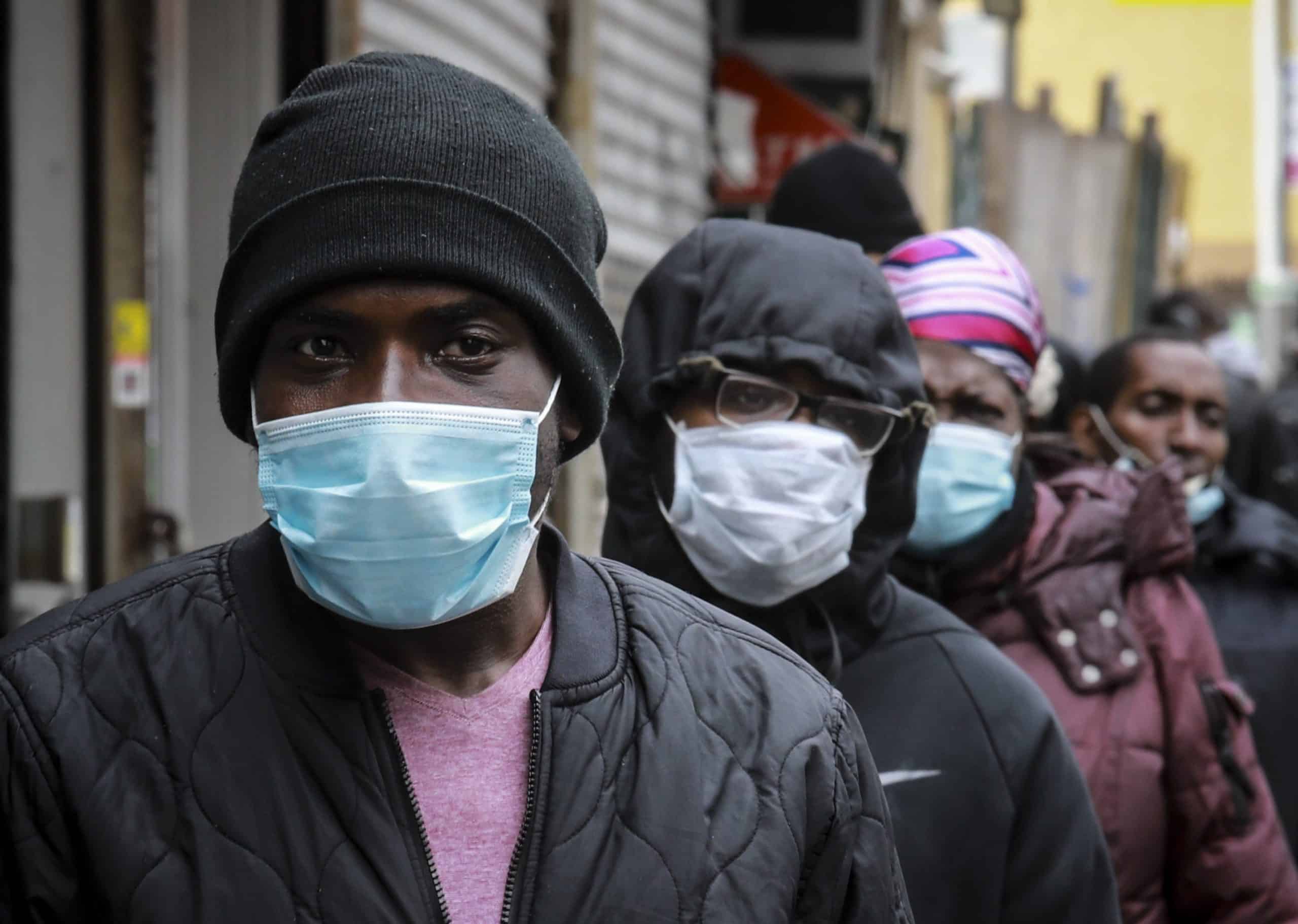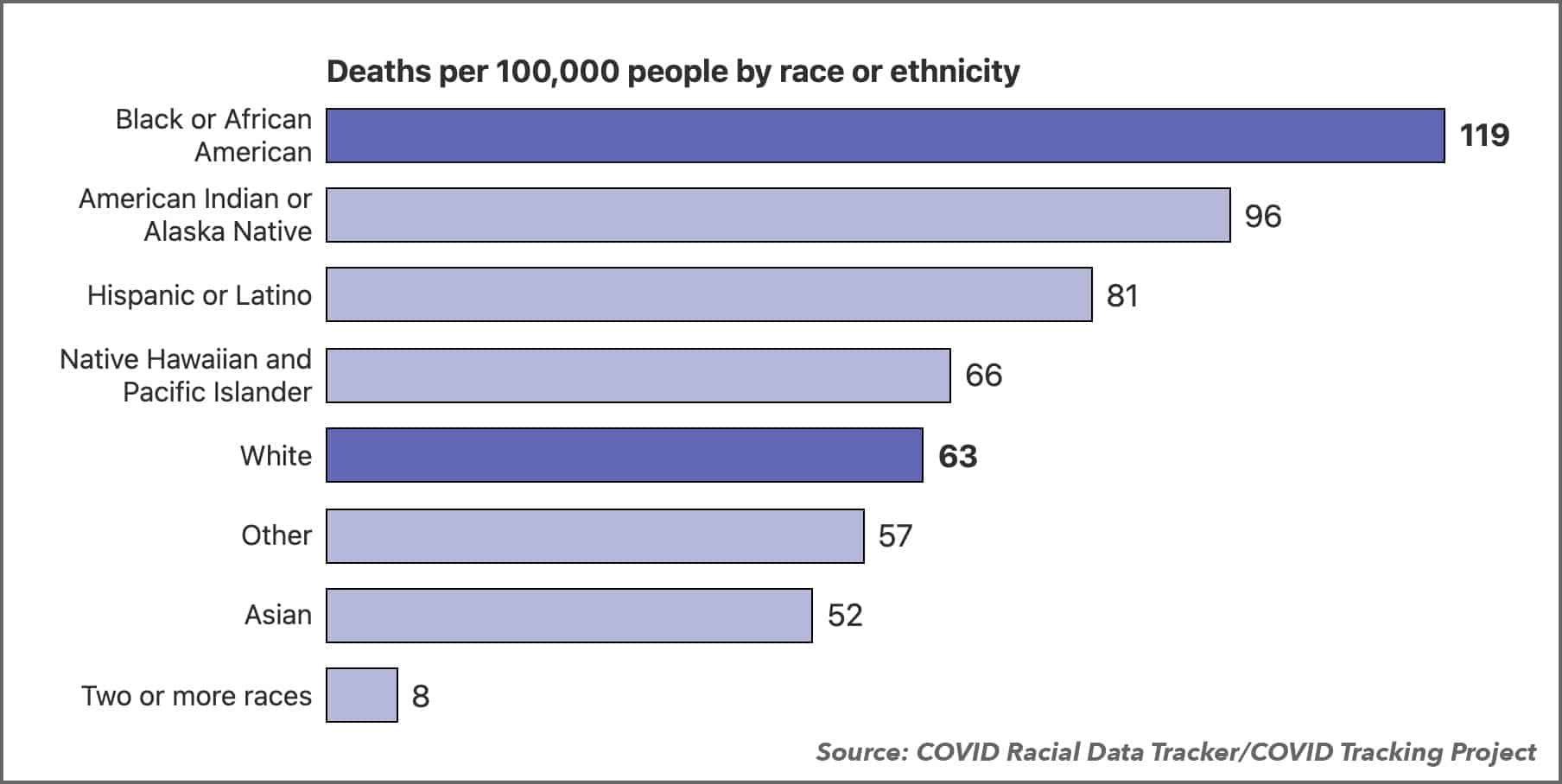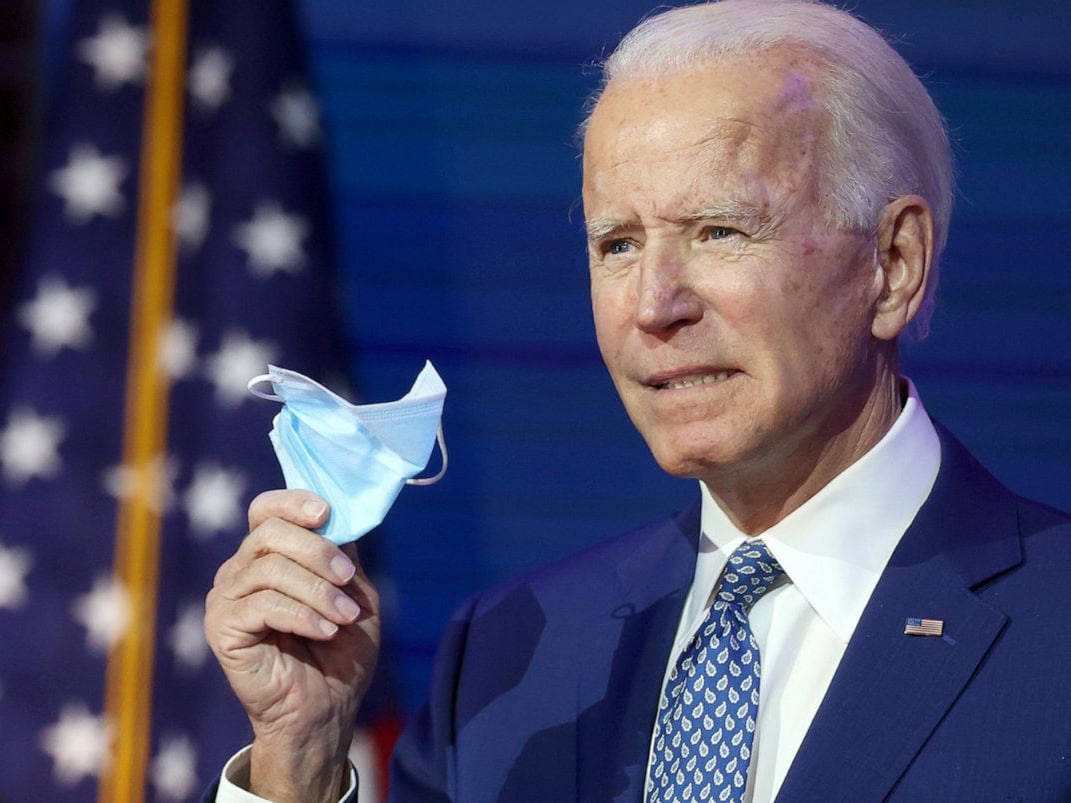1 min read
3 min read
What is the COVID-19 Racial and Ethnic Disparities Task Force?
Ryan Ozawa December 15, 2020

How does COVID-19 affect different communities?
 Whether looking at federal, state, or local data, public health experts have decisively proven that people of color are being hurt and even killed by the coronavirus more than White people. According to the Kaiser Family Foundation, there are particularly large disparities in cases and deaths for Black, Native American, and Alaska Native (AIAN) people and widespread disparities in cases among Hispanic people. The non-partisan, non-profit health organization conducted an analysis of state-reported data and found that the COVID-19 related death rate among Black people was over twice as high as the rate for White people. A separate study found that black individuals accounted for more cases and deaths relative to their share of the population in 34 of 44 states that reported COVID-19 deaths. In fact, KFF found that disparities in COVID-19 related deaths persist across age groups, including among younger people. The Covid Tracking Project provides a COVID Racial Data Tracker, where the public can explore how COVID-19 is affecting Black, Indigenous, Latinx, and other people of color the most.
Whether looking at federal, state, or local data, public health experts have decisively proven that people of color are being hurt and even killed by the coronavirus more than White people. According to the Kaiser Family Foundation, there are particularly large disparities in cases and deaths for Black, Native American, and Alaska Native (AIAN) people and widespread disparities in cases among Hispanic people. The non-partisan, non-profit health organization conducted an analysis of state-reported data and found that the COVID-19 related death rate among Black people was over twice as high as the rate for White people. A separate study found that black individuals accounted for more cases and deaths relative to their share of the population in 34 of 44 states that reported COVID-19 deaths. In fact, KFF found that disparities in COVID-19 related deaths persist across age groups, including among younger people. The Covid Tracking Project provides a COVID Racial Data Tracker, where the public can explore how COVID-19 is affecting Black, Indigenous, Latinx, and other people of color the most.
Why is there such a disparity?
There are countless reasons why people of color may be more directly and adversely impacted by the coronavirus pandemic than White individuals. The Centers for Disease Control provides a s olid starting point for answering this question. Among the many "inequities in social determinants of health" that put minority groups at a grave disadvantage are:- Discrimination: Even systems meant to protect well-being or health for all citizens can be discriminatory, and the lived experience of discrimination and racism leads to "chronic and toxic stress" and shapes myriad social and economic factors that put some people from racial and ethnic minority groups at increased risk.
- Healthcare access and utilization: People from some racial and ethnic minority groups are more likely to be uninsured than non-Hispanic Whites. Lack of transportation, child care, or the ability to take time off of work, and communication and language barriers are also problems.
- Occupation: People from some racial and ethnic minority groups are disproportionately represented in essential work settings such as healthcare facilities, farms, factories, grocery stores, and public transportation. They therefore have more chances to be exposed to the virus that causes COVID-19.
- Educational, income, and wealth gaps: Inequities in access to high-quality education limits future job options and leads to lower-paying or less stable jobs. And these jobs offer less flexibility to miss work even if someone is sick.
- Housing: Some people from racial and ethnic minority groups live in crowded conditions that make it more challenging to follow prevention strategies. In some cultures, it is common for family members of many generations to live in one household.
How can these disparities be addressed?
The incoming administration has made beating COVID-19 the top priority. As explained in the Biden-Harris plan, the president and vice-president promise to:- Listen to science
- Ensure public health decisions are informed by public health professionals
- Restore trust, transparency, common purpose, and accountability to our government
What will the task force do?
The official proposal, published by Sen. Kamala Harris, explains that the COVID-19 Racial and Ethnic Disparities Task Force will provide recommendations to Congress and the Federal Emergency Management Agency on a weekly basis. These recommendations will cover resource allocation (including distribution of PPE, ventilators, testing supplies and vaccinations), patient outcome data broken down by race and ethnicity, and a list of communities with high levels of racial and ethnic disparities in COVID-19 case and death rates. The task force will also report to Congress on structural inequities that existed before the COVID-19 pandemic and evaluate how the initial federal response impacted racial and ethnic disparities. At the end of the pandemic, the task force will become a permanent Infectious Disease Racial Disparities Task Force.
Subscribe to Paubox Weekly
Every Friday we'll bring you the most important news from Paubox. Our aim is to make you smarter, faster.



